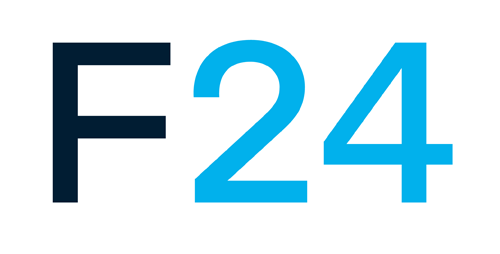The internal risk management environment
The company's internal environment provides the foundation for risk management and sets the tone of the company. The internal environment affects employees' risk awareness, is the basis for the entire risk management, and determines how risks are identified, assessed, and managed.
Factors in the internal environment include:
- The company's philosophy on risk management
- Risk appetite and risk culture
- Management philosophy and management style, as well as the way that management distributes powers and responsibilities
- The risk competence level of employees
Event identification
As part of identifying events that may affect the realization of the company's objectives, the Executive Management should consider both external and internal factors:
- Identification of potential events (internal and external) that may affect the company's ability to implement the strategy and achieve the established goals
- The distinction between risks and opportunities:
- events that may have a negative impact are indicative of risk
- events that may have a positive effect, reflect opportunities that management can channel back to the strategy and goal-setting process.
Risk assessment
Carrying out a risk assessment allows the company to identify the extent to which possible events may affect target achievement:
- In carrying out the risk assessment, the company shall consider the extent to which possible events may affect the achievement of the target
- Risks should be assessed both based on probability and likely consequence
- Both qualitative and quantitative methods should be applied
- The time horizon is the same as the time horizon for goal achievement.
Risk response
Management should establish a risk management policy within which the company must act. The risk management policy should partly contain the organizational framework for risk management and partly set clear goals for the company's risk appetite and policy for control and monitoring.
In addition, the policy should identify the areas - externally and internally in relation to the company - that have the management's special attention, as well as set requirements for how reporting regarding risks should take place.
Management's risk response in the form of options for hedging risk can be outlined as follows:
- Avoid risks by choosing another strategy
- Reduce the likelihood of risks occurring through preventive measures
- Reduce the consequences of an incident through the establishment of emergency preparedness and daily routines.


